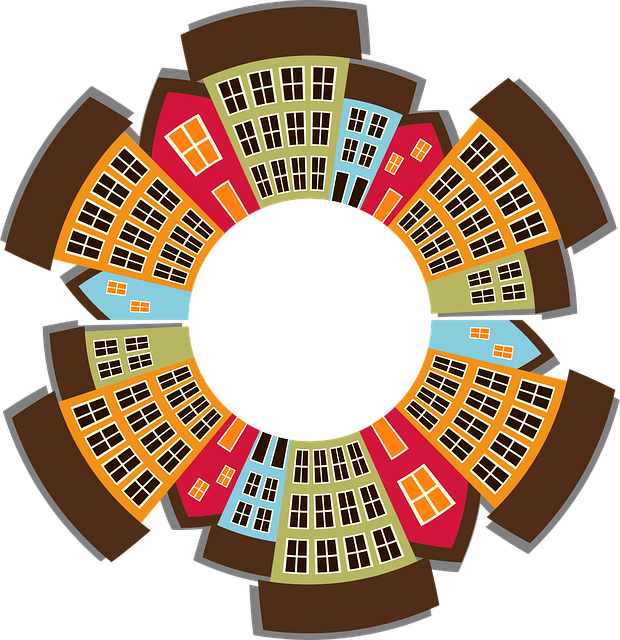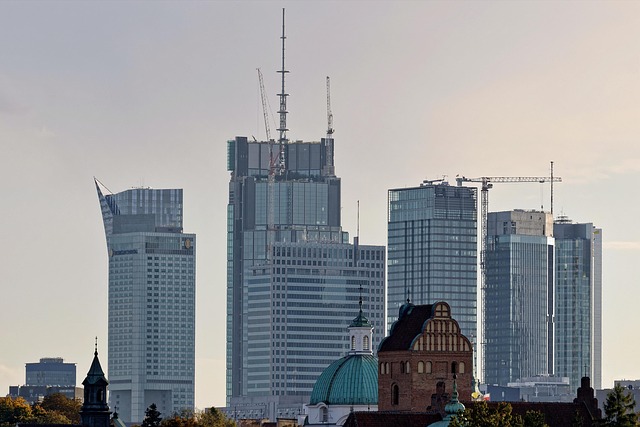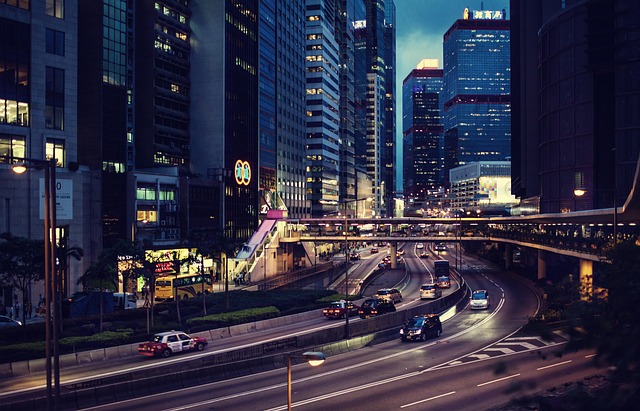Saadi Road in Karachi, once a modest village path, has evolved into a thriving commercial hub reflecting the city's growth. Facing historical challenges like traffic congestion and poor infrastructure, recent initiatives aim to transform it into a modern transportation corridor by 2023 with road widening, new overpasses, and dedicated bus lanes. Optimizing Saadi Road's condition is crucial for Karachi's overall traffic management and residents' quality of life. Innovative solutions like green infrastructure and smart city initiatives are needed to address urbanization and congestion, contributing to a greener, more livable Karachi.
“Saadi Road, a historic thoroughfare in Karachi, has witnessed the city’s evolution over decades. This article delves into the rich past of this iconic route, exploring its current state and the challenges it faces. From its initial significance as a commercial hub to the bustling traffic of today, Saadi Road’s impact on Karachi’s commute patterns is undeniable. We analyze the road’s present and future prospects, focusing on sustainable solutions to enhance its role in the city’s ever-growing landscape.”
- A Historical Perspective: Saadi Road's Evolution in Karachi
- Current State of the Road: Challenges and Upgrades
- Impact on Traffic Flow and Commute Patterns
- Future Developments and Sustainable Solutions for Saadi Road, Karachi
A Historical Perspective: Saadi Road's Evolution in Karachi

Saadi Road, a bustling thoroughfare in Karachi, has witnessed a remarkable evolution over the years, reflecting the city’s dynamic history. Since its inception, it has transformed from a modest route connecting nearby villages to a major commercial hub, becoming an integral part of the metropolis. The road’s journey began as a simple dirt path, serving as a passage for locals and traders, but with time, it grew into a vibrant center of activity.
As Karachi expanded, Saadi Road found itself at the crossroads of cultural exchange and economic growth. Its strategic location attracted businesses, markets, and diverse communities, contributing to the area’s rich tapestry. The historical significance of this road lies in its ability to connect the past with the present, offering a glimpse into Karachi’s transformation from a small coastal town to a bustling metropolis, all while retaining its unique identity within the vibrant cityscape.
Current State of the Road: Challenges and Upgrades

The current state of Saadi Road, one of Karachi’s prominent arterial routes, presents a mix of challenges and ongoing upgrades. Historically, the road has been a vital link connecting various parts of the metropolis, but it has struggled with issues like heavy traffic congestion, poor maintenance, and inadequate infrastructure. These problems have led to increased travel times, reduced vehicle efficiency, and safety concerns for commuters.
However, recent initiatives by the city administration aim to transform Saadi Road into a modern transportation corridor. Upgrades include widening the road, constructing new overpasses, improving street lighting, and adding dedicated bus lanes. These efforts are designed to alleviate traffic congestion, enhance road safety, and provide a more comfortable travel experience for residents and visitors alike. The ongoing improvements reflect Karachi’s commitment to tackling urban mobility challenges and promising a brighter future for its bustling streets.
Impact on Traffic Flow and Commute Patterns

The condition of Saadi Road, a major thoroughfare in Karachi, significantly influences the traffic flow and commute patterns across the metropolis. Its state—whether smooth, bumpy, or uneven—directly impacts the speed and efficiency of travel, leading to either congested journeys or relatively unencumbered commutes. The road’s quality plays a pivotal role in shaping the city’s overall mobility, affecting not just local residents’ daily routines but also the movement of goods and services.
In times when Saadi Road is well-maintained, it facilitates a smoother flow of traffic, reducing congestion and decreasing travel time. Conversely, poor road conditions can lead to significant delays, with vehicles navigating through potholes or on uneven surfaces at reduced speeds. This not only frustrates commuters but also has economic implications, as it contributes to increased fuel consumption and vehicle wear and tear. Understanding and addressing the road’s condition is, therefore, essential for optimizing Karachi’s traffic management strategies and enhancing the overall quality of life for its residents.
Future Developments and Sustainable Solutions for Saadi Road, Karachi

Saadi Road in Karachi, a bustling thoroughfare, faces challenges that require innovative solutions for its future development. With rapid urbanization and increasing traffic congestion, sustainable practices are paramount. Implementing green infrastructure like dedicated bike lanes, pedestrian-friendly zones, and efficient public transport can alleviate pressure on roads while promoting environmental consciousness among the folks of Karachi.
Smart city initiatives could further enhance Saadi Road’s functionality through real-time traffic monitoring, optimizing signal timings, and integrating digital solutions for better accessibility. These developments not only ensure smoother commuting but also contribute to a greener, more livable Karachi, fostering a symphony of sustainable urban planning that resonates with the city’s vibrant tapestry.
Saadi Road, a historic thoroughfare in Karachi, has witnessed significant evolution over time. Despite facing various challenges, ongoing upgrades aim to enhance its functionality and traffic management. The impact on commute patterns is notable, but future developments promise sustainable solutions that will benefit the city of Karachi. By focusing on innovative approaches, these initiatives ensure a more efficient and enjoyable road experience for all users.



